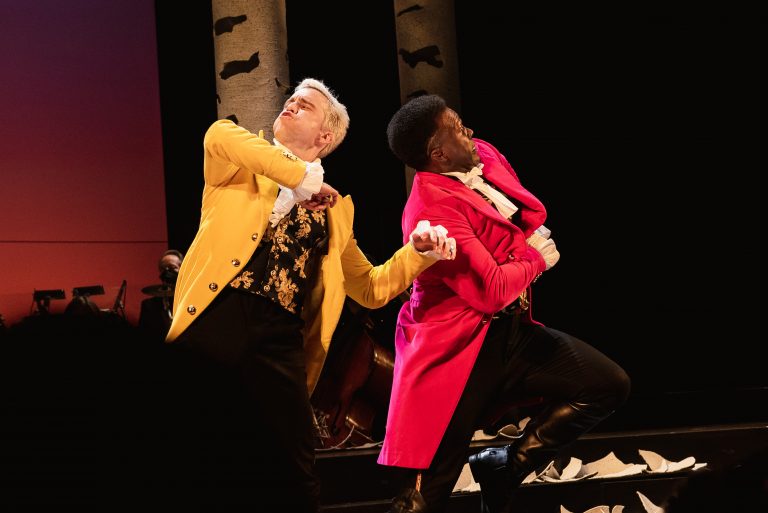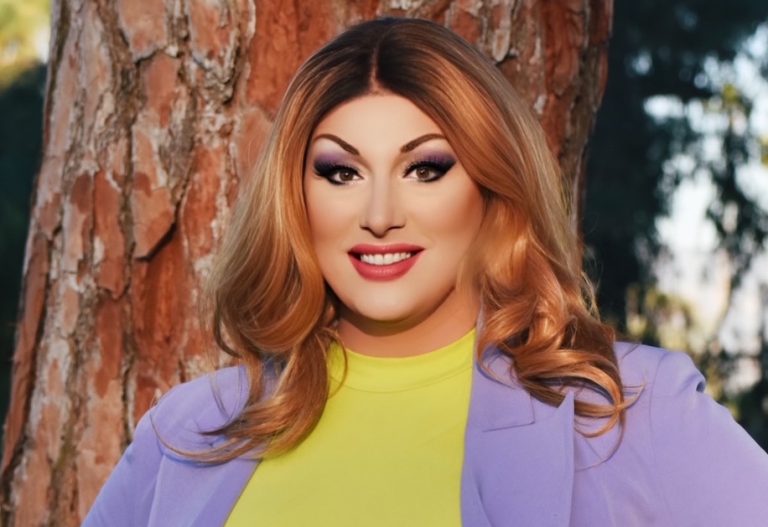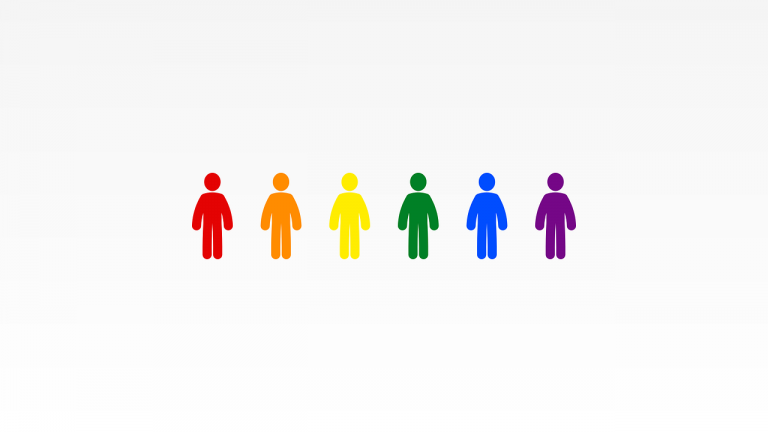Gun Violence in America: A threat to POC
People of Color (POC) have been continuous victims of gun violence in the United States. This article breaks down the issue of gun violence and its disproportionate impact on these communities while also highlighting efforts to address the issue.
For years, the United States has taken the center stage when it comes to repeated gun violence against People of Color (POC). In May, several shootings took place, mainly targeting marginalized communities. The Buffalo shooting targeted Black individuals while pushing for white supremacy ideologies. The Laguna Woods shooting targeted Taiwanese Prebystarians, and the Uvalde school shooting impacted an underserved Latino community. While gun violence is an ever-present concern for every population sector, the disproportionate impact on minority communities should not be overlooked.
What Are Some Gun Statistics?
Less than halfway into 2022, the United States has already seen 246 mass shootings. Gun violence victims have increased by over 60% since 2013. In 2019, 45.7% of homicides in the United States were committed using handguns, and another 27.9% with shotguns, rifles, and other miscellaneous firearms. In addition, gun ownership in the United States per capita is 120.5 firearms per 100 people, the only country with more civilian-owned guns than people. Approximately 90% of weapons used in crime were obtained illegally. About 37% of current and past gun owners got their first gun before turning eighteen.
What Is the Impact on POC?
Black individuals comprise 59% of gun-related deaths, while only 13% of the population. Of all groups, Black individuals are the most likely to be targeted in hate crimes. Hate crimes against Black individuals make up 35% of all hate crimes in the U.S. However, overall mistrust of police’s handling of crimes against Black people makes them less likely to report incidents.
Similarly, evidence shows Latino’s high distrust of law enforcement, given that 8.1 million are undocumented immigrants and fear deportation. The FBI reports on increased hate crimes against Latino communities, but many do not report gun violence attacks, making obtaining accurate data on POC victims challenging.
Many of these groups live in underfunded cities, where gun violence prevails. Advocacy groups have stated these neighborhoods are undergoing a public health crisis. Surveys show that POC is more concerned than white people about becoming victims of gun violence.
Police Shootings
While more white people are victims of police shootings, Black people being less than 13% of the population, and Hispanics, about 19% of the U.S. population, are disproportionately impacted. Black people are the most likely to be shot and killed by the police, with 39 victims per a million people. The police kill 28 per a million Hispanics and 16 per a million whites.
Homicides
Today, Black men are about ten times more likely to become victims of gun homicide than any other race or ethnicity. In large cities, they comprise 68% of gun homicides. In Illinois, for example, Black people comprise 16% of the population but were 69% of the victims of gun homicides between 2008-2010. Latino people are about twice as likely to be victims of gun homicides than white individuals.
Mass Shootings
Mass shootings disproportionately impact Black communities. A study conducted found that from January to August 2020, 50% of mass shootings affected Black neighborhoods while those neighborhoods comprise just 10% of districts.
Suicides
White people are still the most impacted by suicide by gun, consistent with their higher gun ownership. Latino people faced a 128% increase in gun suicide in the past decade, higher than the average for young people. A study also found that suicides amongst Black people have increased by 30% since 2014.
What Are Some Current Efforts to Combat this Issue?
Some grassroots efforts, such as community-based violence intervention programs, address those communities at greater risk of gun victimization. The American Rescue Plan provides funding for cities to increase gun violence prevention efforts. Victims of Crime Act (VOCA) Assistance Funding offers federal funds to victims and their families. The Community Justice Action Fund has been working closely with president Biden to reduce gun violence against Black individuals. The Disarm Hate Act, adopted by a handful of states, prohibits convicts of hate crimes from gun ownership. Alternative Dispatch programs send mental health professionals rather than police officers to solve any altercation in an effort to reduce gun-related deaths.
Efforts should aim to reduce gun violence in general and reduce its disproportionate effects on POC. This comes with gun control, better background checks, or increasing age requirements. Beyond gun-related policy and grassroots efforts, improving the education system to address the impact of white supremacy and systemic racism is essential. Journalists should improve media coverage in Black neighborhoods. Officials and organizations should also seek efforts to improve mental health.



